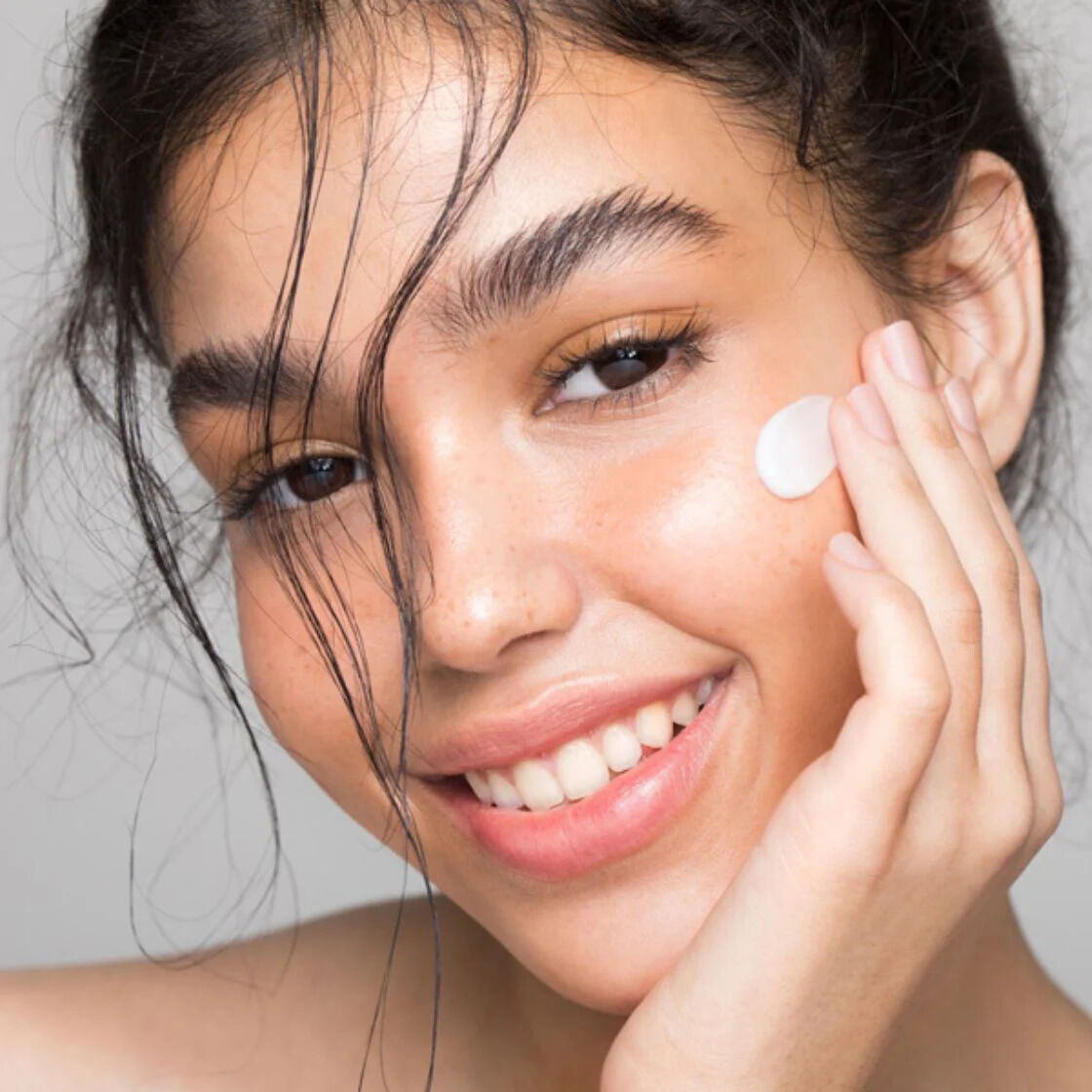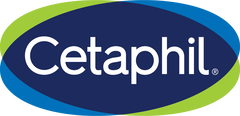How to Exfoliate Acne-Prone Skin Without Causing Breakouts
Did you know that one of the most frequent causes that makes acne-prone skin worse is over-exfoliation? Exfoliation removes dead skin cells and unclogs pores, although when used improperly, it can peel off the skin barrier, causing inflammation and more breakouts. However, the good news is that using the right exfoliant (like salicylic acid cleanser) with proper guidelines and technique, it is safe to use and clears out congested pores and enhances the texture of the skin with no irritation.
This guide provides dermatologist-approved, practical steps to exfoliate the acne-prone skin safely, focusing on salicylic acid to benefit the skin.

Why Exfoliation is Essential for Acne-Prone Skin
● Eliminates dead skin cells, which clog pores and cause blackheads or whiteheads.
● Dissolves the sebum within the pores, unclogging them.
● Enhances product penetration, allowing topical treatments and moisturizers to be more effective.
● Reduces roughness and improves texture.
● Helps in avoiding recurrence of breakouts when applied regularly and with mildness.
Choosing the Right Exfoliant for Acne-Prone Skin
● Chemical Exfoliants: Chemical exfoliants (such as BHAs and AHAs) break down the bonds between dead cells with less friction.
● BHAs (salicylic acid) are oil-soluble and penetrate easily into sebum-filled pores.
● AHAs (glycolic, lactic) work better on the surface of the skin and are more effective on sun-damaged or dry-textured skin.
● Do not use harsh physical scrubs (with large particles), which may cause micro tears and inflammation.
● Identify supportive components like glycerin, ceramides, and niacinamide.
Benefits of Salicylic Acid
● Deep pore exfoliation: Salicylic acid, being oil-soluble, is absorbed into the pores to dissolve the sebum and cellular debris.
● Comedolytic effect: Prevents and decreases blackheads and whiteheads.
● Anti-inflammatory: Soothes red, inflamed pimples and swelling.
● Oil control: Regulates excessive sebum production.
Multipurpose forms: Come in varied forms like salicylic acid cleanser, leave-on serums, spot formulations, and salicylic acid body lotion.
How to Properly Use Salicylic Acid for Exfoliation
● Frequency: Start with 2-3 times a week with a salicylic acid cleanser.
● Select the appropriate vehicle: For sensitive skin, a low-concentration rinse-off cleanser should be used first, and then transition to leave-on serums.
● Time of the day: Apply salicylic acid at night if you are layering active ingredients.
● Hydrate and repair: Always follow with a gentle, non-comedogenic moisturizer to aid in repairing the barrier.
● Protection against the sun: Photo-sensitivity may be enhanced by chemical exfoliation; hence, apply broad-spectrum SPF every day.
● Do not use a combination of strong actives (daily retinoids and daily high-strength BHA) unless under professional advice.
Step-by-Step Exfoliation Routine
Step 1: Cleanse:
● Wash the face with a mild salicylic acid wash (rinse-off) to get rid of the skin oil and dirt.
● Wet face using lukewarm water, apply gently and leave it on for 30 to 60 seconds, and rinse thoroughly.
Step 2: Treat (when applying leave-on BHA):
● Put on a low percentage salicylic acid serum or lotion to congested areas (T-zone, chin).
● Start with 2 times per week and slowly increase frequency if no irritation.
Step 3: Hydrate:
● Apply a moisturizer to the area immediately after treatment.
● Select formulations that contain ceramides, glycerin, or niacinamide.
Step 4: Protect (AM only):
● Use SPF 30+ (or more) daily in the morning; reapply as necessary.
● Sunscreen: This product prevents post-exfoliation hyperpigmentation and protects the new skin.
Step 5: Spot care as needed:
● In case of active pimples, apply spot treatments (benzoyl peroxide or salicylic spot gel).
● Do not layer several spot actives at the same time.
Avoiding Common Exfoliation Mistakes
● Mistake: Over-exfoliating: Exfoliation on a daily basis causes damage to the barrier and predisposes acne.
● Mistake: Taking excess actives (daily retinol + daily BHA + strong AHA): Causes irritation and rebound oiliness.
● Mistake: Coarse scrubs: Physical exfoliants cause micro-tears and inflammation to acne-prone skin.
● Mistake: Not using moisturizer: Exposes the skin to vulnerability; even in oily skin, moisturization is important.
● Mistake: Forgetting to protect against the sun: Bare skin is more sensitive to UV rays and tends to get pigmented.
● Mistake: Failure to patch test: May irritate the skin.
Other Safe Exfoliation Options
● PHAs (polyhydroxy acids): Bigger molecules (gluconolactone), that exfoliate smoothly, can be beneficial for acne-prone skin.
● Enzyme exfoliants: Milder surface exfoliation with less irritation is achieved with fruit enzyme exfoliants (papain, bromelain).
● Mild AHAs (lactic acid): Low concentrations of lactic acid hydrate but exfoliating are suited to combination/dry skin types.
● Professional alternatives: Dermatologists suggest chemical peels and in-office treatments (TCA, salicylic peels) to achieve safe and effective results.
● Physical exfoliation: Very fine particles or konjac sponges may also be applied; however, no coarse scrubs against active acne.
Conclusion
Exfoliation is beneficial to acne-prone skin when it is regulated, specific, and protective of the barrier. Salicylic acid is an evidence-based option for clearing pore exfoliation. It is available in the form of a salicylic acid cleanser, salicylic acid leave-on serums, and salicylic acid lotion for body acne.
Have sensitive skin? Start with a rinse-off BHA and supportive hydrators; seek the advice of a dermatologist in the case of doubt.
Personalized recommendations of products according to the type of skin you have can be done by using the Cetaphil AI Skin Analysis Tool. This 2-3 minute online test compares your skin issues to dermatologist-recommended Cetaphil products (cleansers, moisturizers, targeted treatments), and builds you a safe and effective routine.
FAQs
What kind of exfoliant is best for acne-prone skin?
Chemical exfoliants, especially BHAs like salicylic acid, are generally best because they penetrate oily pores and dissolve sebum. Opt for low-to-moderate concentrations, rinse-off cleansers to start, and supportive moisturizers to minimize irritation.
Can I use salicylic acid every day?
Many tolerate a daily salicylic acid cleanser, but leave-on BHAs should start 2-3× weekly. Increase frequency gradually if your skin shows no dryness, redness, or peeling. Monitor tolerance and adjust.
What should I avoid when exfoliating acne-prone skin?
Avoid harsh physical scrubs, daily layering of strong actives (retinoids + high-strength AHA/BHA), excessive hot water, and skipping moisturizer or sunscreen. These practices elevate irritation and breakouts.
How can I tell if salicylic acid is working for me?
Signs of improvement include fewer blackheads, reduced congestion, smaller pore appearance, less oiliness, and fewer inflammatory breakouts, usually noticeable within 4-8 weeks of consistent, correct use.
What should I do if my skin reacts to salicylic acid?
Stop the product, switch to a gentle, fragrance-free cleanser, apply barrier-repair moisturizers (ceramides, glycerin), avoid other actives, and consult a dermatologist if irritation persists or worsens.













